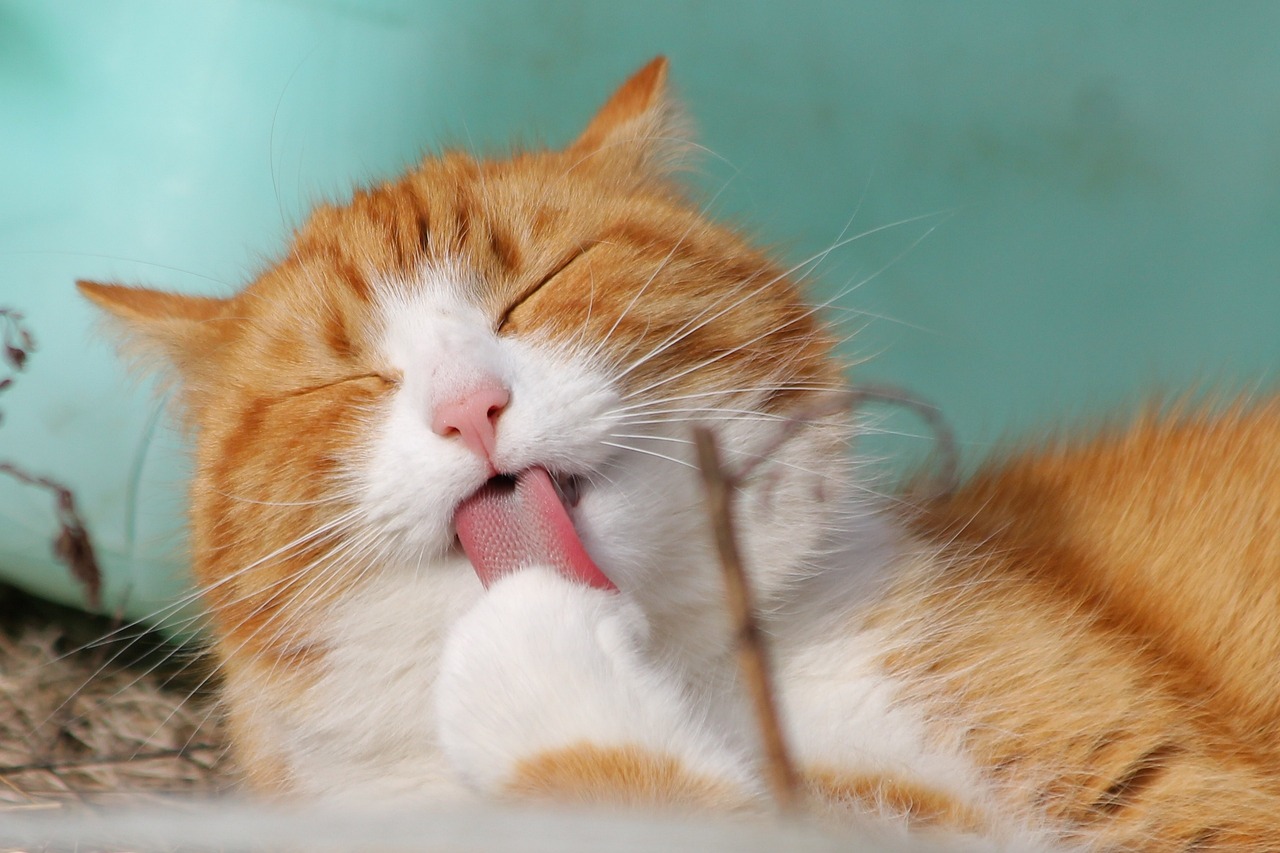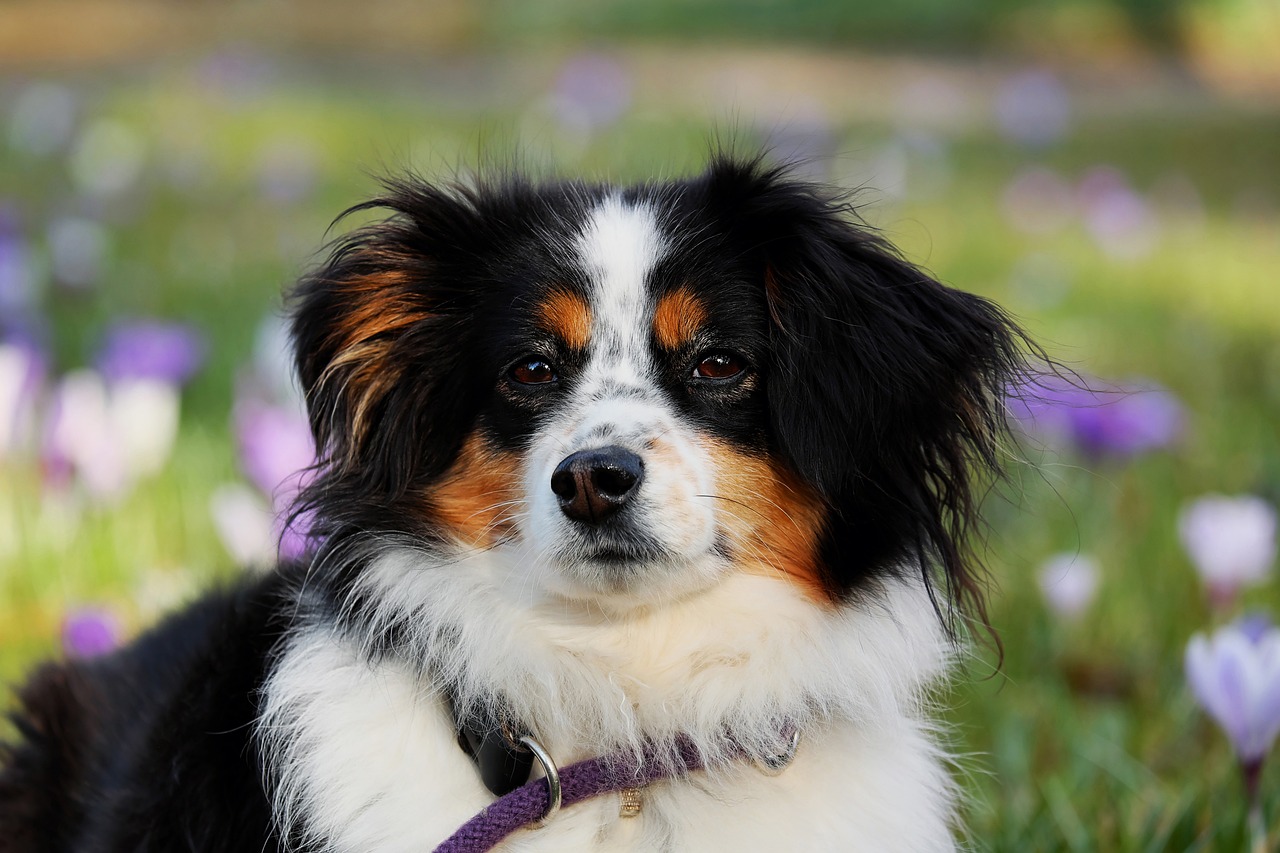
How to Make Flea Shampoo at Home for Your Pet
Warmer weather means hungry parasites like fleas! With over 2,200 identified fleas, pet parents need to know how to protect their pets! These three DIY flea shampoos can help!

Warmer weather means hungry parasites like fleas! With over 2,200 identified fleas, pet parents need to know how to protect their pets! These three DIY flea shampoos can help!

Warmer weather means hungry parasites like fleas! With over 2,200 identified fleas, pet parents need to know how to protect their pets! These three DIY flea shampoos can help!

As our companions, workers and partners for centuries, let’s take a look at the 7 most popular equine breeds in this blog post.

Hypoallergenic cats may be an appealing idea if you love cats, but have cat allergies. But what does the science have to say about hypoallergenic cats?

The term “bitch” carries a weighty history, both linguistically and culturally. But why is a non-spayed, female dog referred to as a “bitch?”

Did you know over 700 plants (indoor and outdoor) are considered
toxic to dogs and cats? In the blog post below, we’ll take a closer look at which plants you need to avoid having in your home with a cat, dog or rabbit.

The Holiday Season is here and before your frisky feline gets into trouble, learn how to cat-proof
your home for the holidays with these 5 tips!

There are many wives’ tales and myths about the animals who share our lives! Do you believe any of these 7 myths about horses below?
The EquiGroomer is a simple tool that gently removes loose hair and dander from your pet’s coat leaving it incredibly soft, smooth and shiny. The blade’s teeth incorporate tiny barbs that grab only the scaly, dry, loose hair so there’s no pulling, discomfort or damage to the skin or coat.
GUARANTEED SAFE
The teeth are extremely short so they never touch the skin regardless of the animal’s coat type. The blade only grabs the dry, scaly hair leaving the healthy hair behind. Daily use actually improves the quality of the coat.
DURABLE and LONG-LASTING
The EquiGroomer’s solid wood handle is coated with a tough lacquer finish that easily wipes clean. The hardened steel blade is coated with a protective coating to help prolong its life.
STRESS-FREE
The EquiGroomer is perfect for animals with sensitive skin or those who hate being groomed. They’ll just think they’re being pet which will leave you both feeling good!
